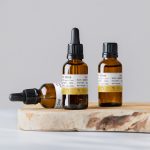
نت سیترال
30 تیر 1403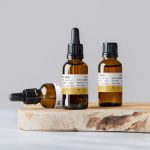
نت شیر
30 تیر 1403نت شکلات
CAS N° : 8002-31-1
Presentation
Latin name : Theobroma cacao
Botanical profile : Cocoa tree is a tree of the Malvaceae family and the genus Theobroma
Geographic origin : Originally from Mexico, the cocoa tree was first domesticated three millennia ago by local civilizations. Today, it is grown mainly in Ivory Coast, Ghana and Ecuador. Ivory Coast represents about 30% of the world’s cocoa production
Chemotypes : The genus Theobroma contains about fifteen species. The most cultivated of these is the cocoa tree. The other trees also give birth to pods (fruits), but which beans have less interest. Among them : Theoborma bicolor (grown in South America), Theobroma grandiflorum (grown in South America)
Extraction process : Cocoa harvesting is a major issue in some African countries, and is the main source of agricultural income in countries such as Ivory Coast, among others. Cocoa cultivation requires a well-drained soil, in tropical, rainy, poorly lit forests, and takes place in low-altitude hills (less than 1000 metres) during autumn and winter. It can measure 10 to 15 metres in height and is generally cut to about 7 metres to facilitate its cultivation. Some 100,000 flowers can grow from the trunk of the tree, but few of them give birth to fruits (pods). The crop yield of a cocoa tree is optimal when it is 6 to 7 years old on average. Pods weighing 400 g and 15 to 20 cm long can be born on the branches and directly on the trunk of the tree. A tree can give birth to an average of 150 pods per year, used to produce 6 kg of cocoa. A pod is considered mature if it has a yellow-orange hue. The pods are harvested by cutting them at their base. For high pods, sticks equiped with a blade are used. Once on the ground, the pod is opened in half with a long knife, and the beans are detached from the inside of the pod, and placed on banana leaves. Once brought back to the factory, they are arranged in thick layers, separated by banana leaves, in a wooden box, for a few days. This leads to maceration and a first development of the aromatic compounds of the beans. Once this first maceration is completed, the beans are dried in the sun on large pallets and regularly turned over. They are finally stored in canvas bags to be brought to Europe for roasting and extraction. The beans are cleaned, sensitized on a vibrating plate to make the shells crumbly, sieved to separate the shell from the grain. Roasting is carried out between 100 and 140°C, to dry the seed, evaporate its volatile acids and above all develop the aromatic compounds of cocoa. Finally, the beans are ground to powder by a grinding phase before extraction. Extraction is done by contacting the ground seeds with a volatile solvent such as cyclohexane. After filtration and evaporation of the solvent, the cocoa concrete is recovered and solubilized in alcohol. A cooling of the alcohol, called chilling, precipitates the cocoa waxes to keep only the fragrant compounds of this seed: the absolute. A cocoa absolute can be discoloured by distillation, with no much effect on its olfactory characteristics
Major Components : Very complex composition. Majoritary cocoa powder aromatic compounds : Acetic acid 3-methylbutanal 2-methylbutanal 3-methylbutanoic acid Phenylacetic acid Phenyl Acetaldehyde Methylpropanoic acid
مشخصات
نام لاتین: Theobroma cacao
مشخصات گیاه شناسی: درخت کاکائو درختی از خانواده Malvaceae و سرده Theobroma است.
منشاء جغرافیایی: درخت کاکائو که در اصل مکزیک است، برای اولین بار سه هزار سال پیش توسط تمدن های محلی اهلی شد. امروزه عمدتاً در ساحل عاج، غنا و اکوادور کشت می شود. ساحل عاج حدود 30 درصد از تولید کاکائو در جهان را تشکیل می دهد
کموتیپ ها: جنس Theobroma شامل حدود پانزده گونه است. کشت شده ترین آنها درخت کاکائو است. سایر درختان نیز غلاف (میوه) به دنیا می آورند، اما کدام لوبیا علاقه کمتری دارد. از جمله: Theobroma bicolor (رشد در آمریکای جنوبی)، Theobroma grandiflorum (رشد در آمریکای جنوبی)
فرآیند استخراج: برداشت کاکائو در برخی از کشورهای آفریقایی یک مسئله اصلی است و منبع اصلی درآمد کشاورزی در کشورهایی مانند ساحل عاج و سایر کشورهای دیگر است. کشت کاکائو به خاکی با زهکشی خوب، در جنگل های استوایی، بارانی و کم نور نیاز دارد و در پاییز و زمستان در تپه های کم ارتفاع (کمتر از 1000 متر) انجام می شود. ارتفاع آن بین 10 تا 15 متر است و به طور کلی برای سهولت در کشت آن حدود 7 متر بریده می شود. حدود 100000 گل می توانند از تنه درخت رشد کنند، اما تعداد کمی از آنها میوه (غلاف) می دهند. عملکرد محصول درخت کاکائو زمانی بهینه است که به طور متوسط 6 تا 7 سال سن داشته باشد. غلاف هایی با وزن 400 گرم و طول 15 تا 20 سانتی متر می توانند روی شاخه ها و مستقیماً روی تنه درخت متولد شوند. یک درخت می تواند به طور متوسط 150 غلاف در سال به دنیا بیاورد که برای تولید 6 کیلوگرم کاکائو استفاده می شود. غلاف در صورتی بالغ در نظر گرفته می شود که رنگ زرد-نارنجی داشته باشد. غلاف ها با بریدن آنها در پایه خود برداشت می شوند. برای غلاف های بلند از چوب های مجهز به تیغه استفاده می شود. پس از روی زمین، غلاف را با یک چاقوی بلند از وسط باز کرده و لوبیاها را از داخل غلاف جدا کرده و روی برگ های موز قرار می دهند. پس از بازگرداندن آنها به کارخانه، آنها را به مدت چند روز در لایه های ضخیمی که توسط برگ های موز از هم جدا شده اند، در یک جعبه چوبی قرار می دهند. این منجر به خیساندن و اولین توسعه ترکیبات معطر لوبیا می شود. هنگامی که این اولین خیساندن کامل شد، لوبیاها در پالت های بزرگ در آفتاب خشک می شوند و مرتباً برگردانده می شوند. آنها در نهایت در کیسه های برزنتی ذخیره می شوند تا برای بو دادن و استخراج به اروپا آورده شوند. لوبیاها تمیز می شوند، روی یک صفحه ارتعاشی حساس می شوند تا پوسته ها شکننده شوند، الک می شوند تا پوسته از دانه جدا شود. بو دادن بین 100 تا 140 درجه سانتیگراد انجام می شود تا دانه خشک شود، اسیدهای فرار آن تبخیر شود و از همه مهمتر ترکیبات معطر کاکائو ایجاد شود. در نهایت، لوبیا قبل از استخراج توسط یک مرحله آسیاب به پودر تبدیل می شود. استخراج با تماس بذرهای آسیاب شده با یک حلال فرار مانند سیکلوهگزان انجام می شود. پس از تصفیه و تبخیر حلال، بتن کاکائویی بازیابی شده و در الکل حل می شود. خنک شدن الکل به نام خنک کننده، موم های کاکائو را رسوب می دهد تا فقط ترکیبات معطر این دانه را حفظ کند: مطلق. یک کاکائو مطلق را می توان با تقطیر تغییر رنگ داد، بدون اینکه تأثیر زیادی بر ویژگی های بویایی آن داشته باشد
اجزای اصلی: ترکیب بسیار پیچیده. اکثر ترکیبات آروماتیک پودر کاکائو: اسید استیک 3- متیل بوتانال 2- متیل بوتانال 3- متیل بوتانوئیک اسید فنیل استیک اسید فنیل استالدهید متیل پروپانوئیک اسید
Uses
Uses in perfumery : Used in gourmand chocolate notes, to accompany amber and floral notes and give them sensuality and a foody facet
Other comments : In Indonesia and Brazil in particular, pepper plantations are gradually being replaced by cocoa plantations, which are less sensitive to diseases that can contaminate pepper trees. Cocoa beans are rich in flavonols, which allow them to remain rich in antioxidants, despite the temperature conditions imposed on them during roasting. In Ivory Coast, cocoa is responsible for nearly two thirds of the country’s trade revenues
Volatility : Base
Appearance : Brown liquid
Stability : Stable in perfumes and diverse functional bases
Price Range : €€€€
Aromatherapy : Informations provided below are taken from reference works in aromatherapy. They are given for information purposes only and can not constitute medical information, nor engage the responsibility of ScenTree. Cocoa contains flavonoids, helping to manage stress, tension and certain heart diseases.
استفاده
موارد استفاده در عطرسازی: استفاده در نت های شکلاتی لذیذ برای همراهی نت های کهربایی و گلی و دادن حسی و جنبه غذایی به آنها
نظرات دیگر: به ویژه در اندونزی و برزیل، مزارع فلفل به تدریج با مزارع کاکائو جایگزین می شوند، که نسبت به بیماری هایی که می توانند درختان فلفل را آلوده کنند، حساسیت کمتری دارند. دانههای کاکائو سرشار از فلاونولها هستند که به آنها اجازه میدهد تا با وجود شرایط دمایی که در هنگام برشته کردن بر روی آنها تحمیل میشود، غنی از آنتیاکسیدانها باقی بمانند. در ساحل عاج، کاکائو مسئول نزدیک به دو سوم درآمد تجاری کشور است
فرار: پایه
شکل ظاهری: مایع قهوه ای
پایداری: پایدار در عطرها و پایه های کاربردی متنوع
محدوده قیمت: € € € €
آروماتراپی: اطلاعات ارائه شده در زیر از آثار مرجع در رایحه درمانی گرفته شده است. آنها فقط برای مقاصد اطلاعاتی ارائه می شوند و نمی توانند اطلاعات پزشکی باشند و مسئولیت ScenTree را بر عهده نگیرند. کاکائو حاوی فلاونوئیدها است که به کنترل استرس، تنش و برخی بیماری های قلبی کمک می کند.
Regulations
EINECS number : 84649-99-0
FEMA number : Donnée indisponible
Allergens : This ingredient does not contain any allergen
IFRA : This ingredient is not restricted

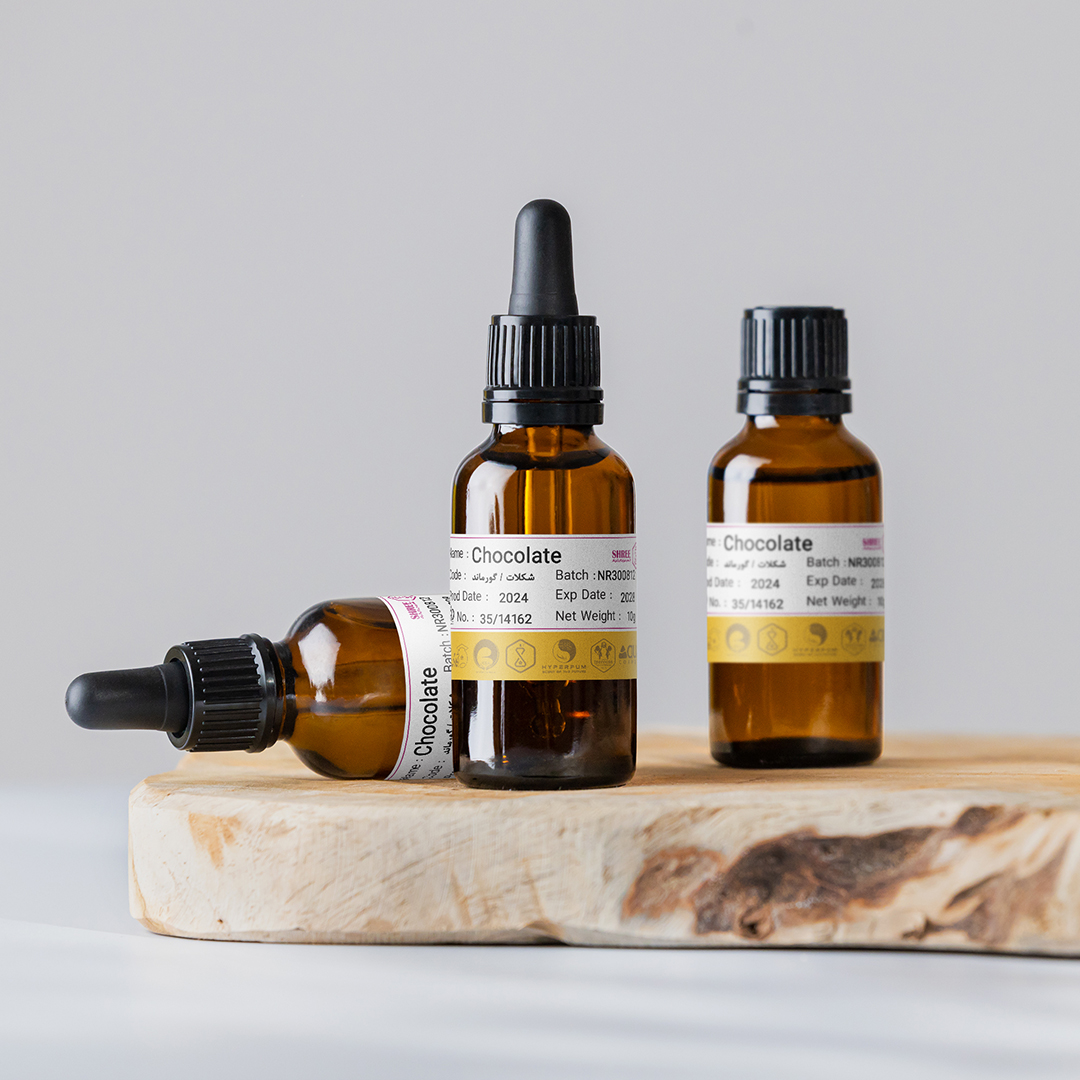
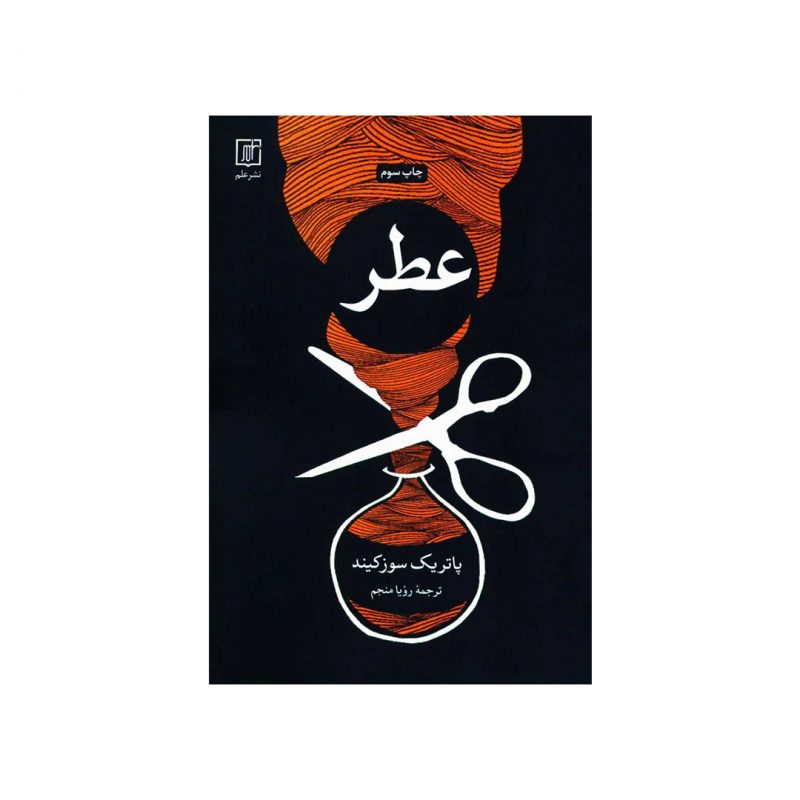
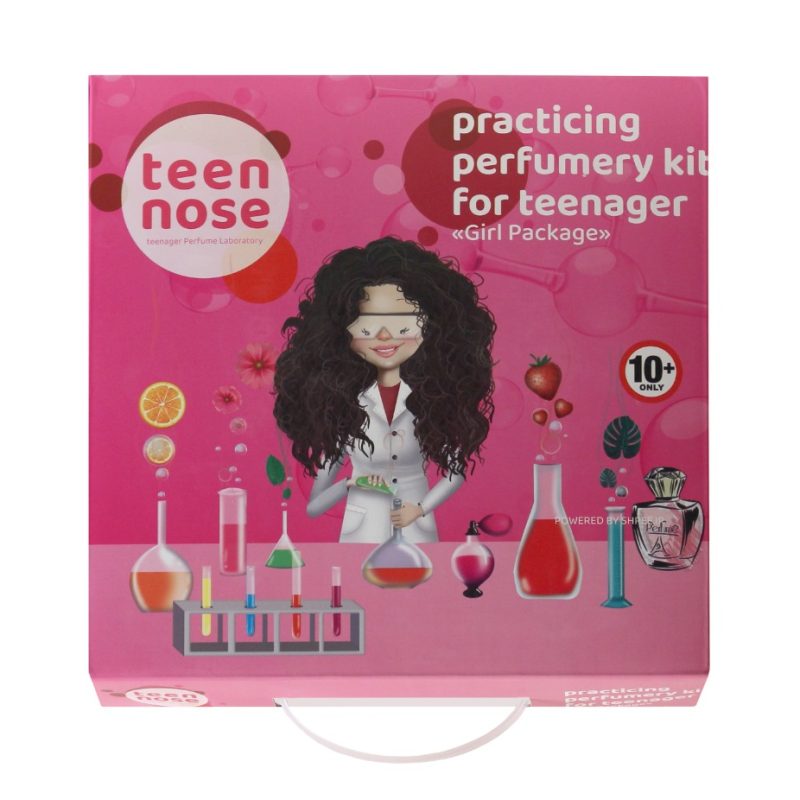
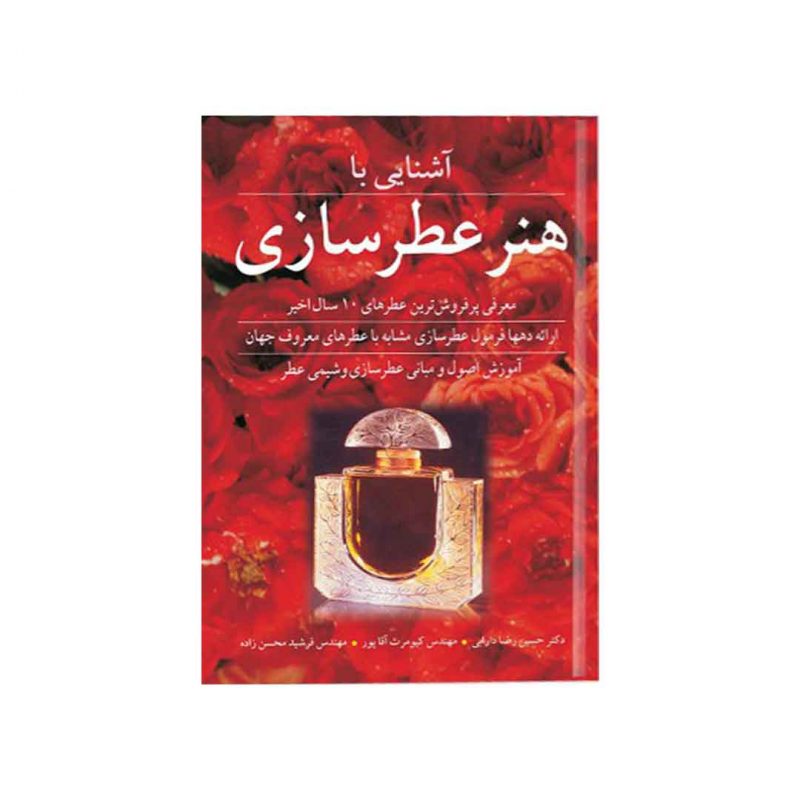
نقد و بررسیها
هنوز بررسیای ثبت نشده است.